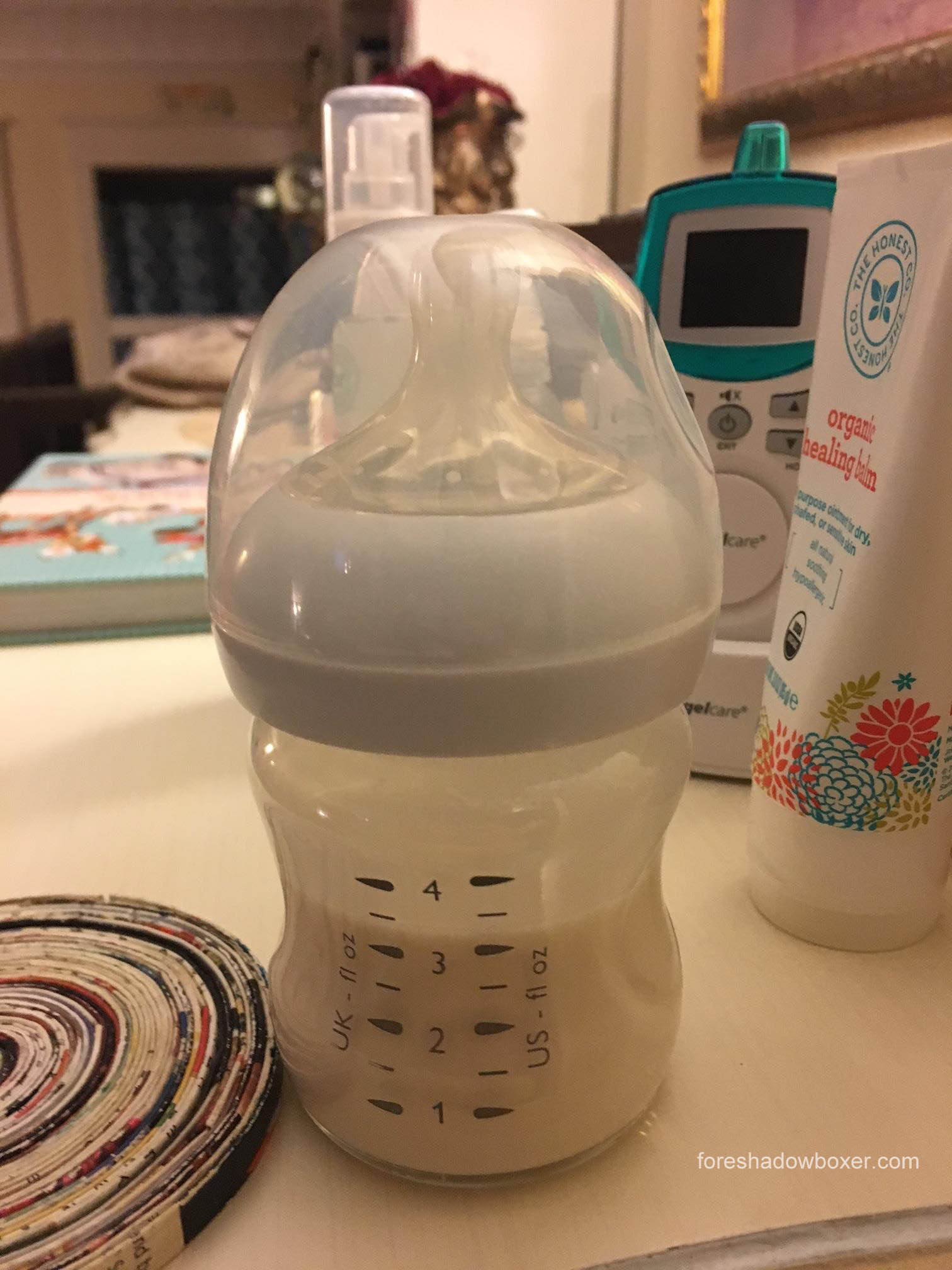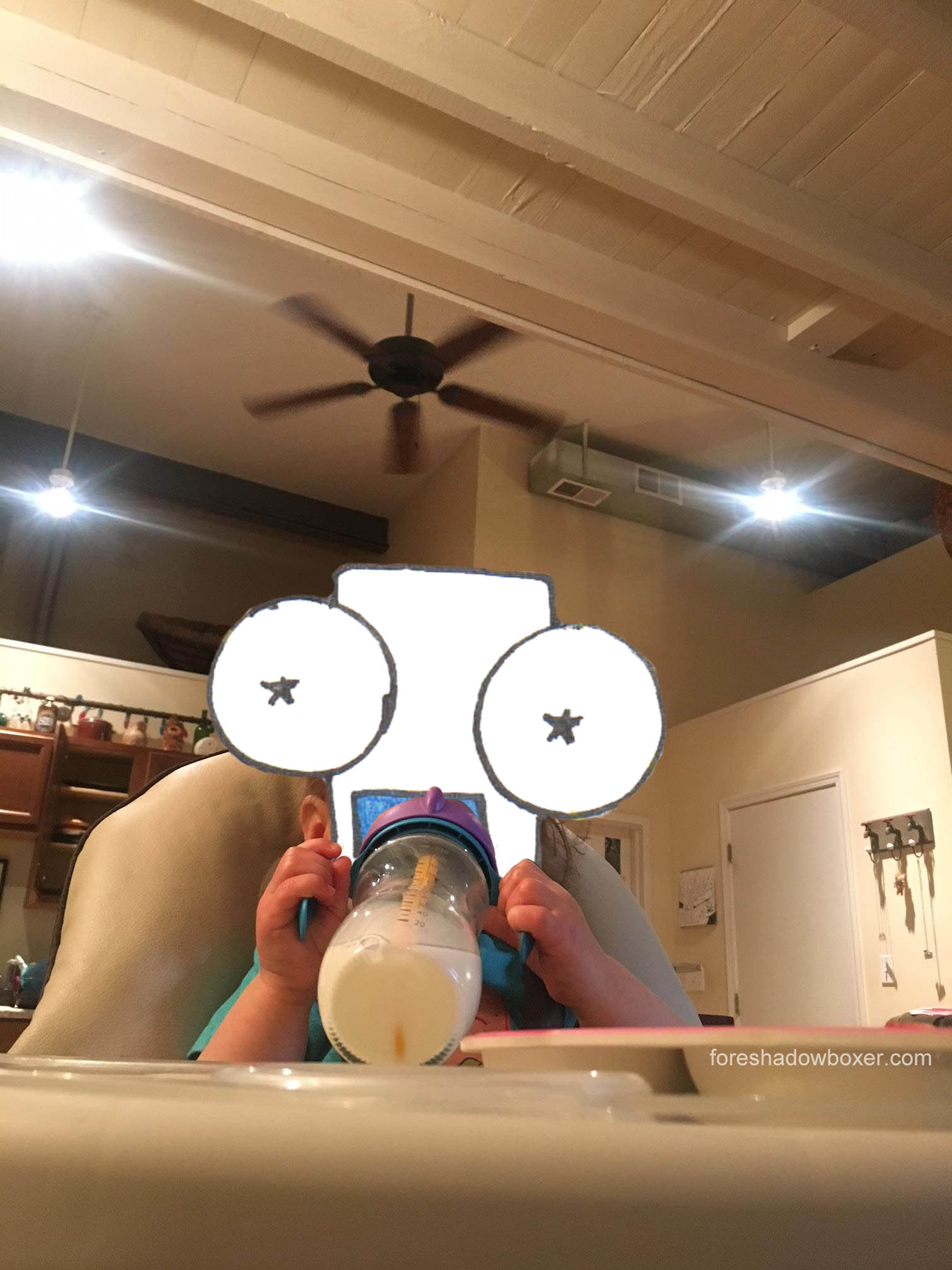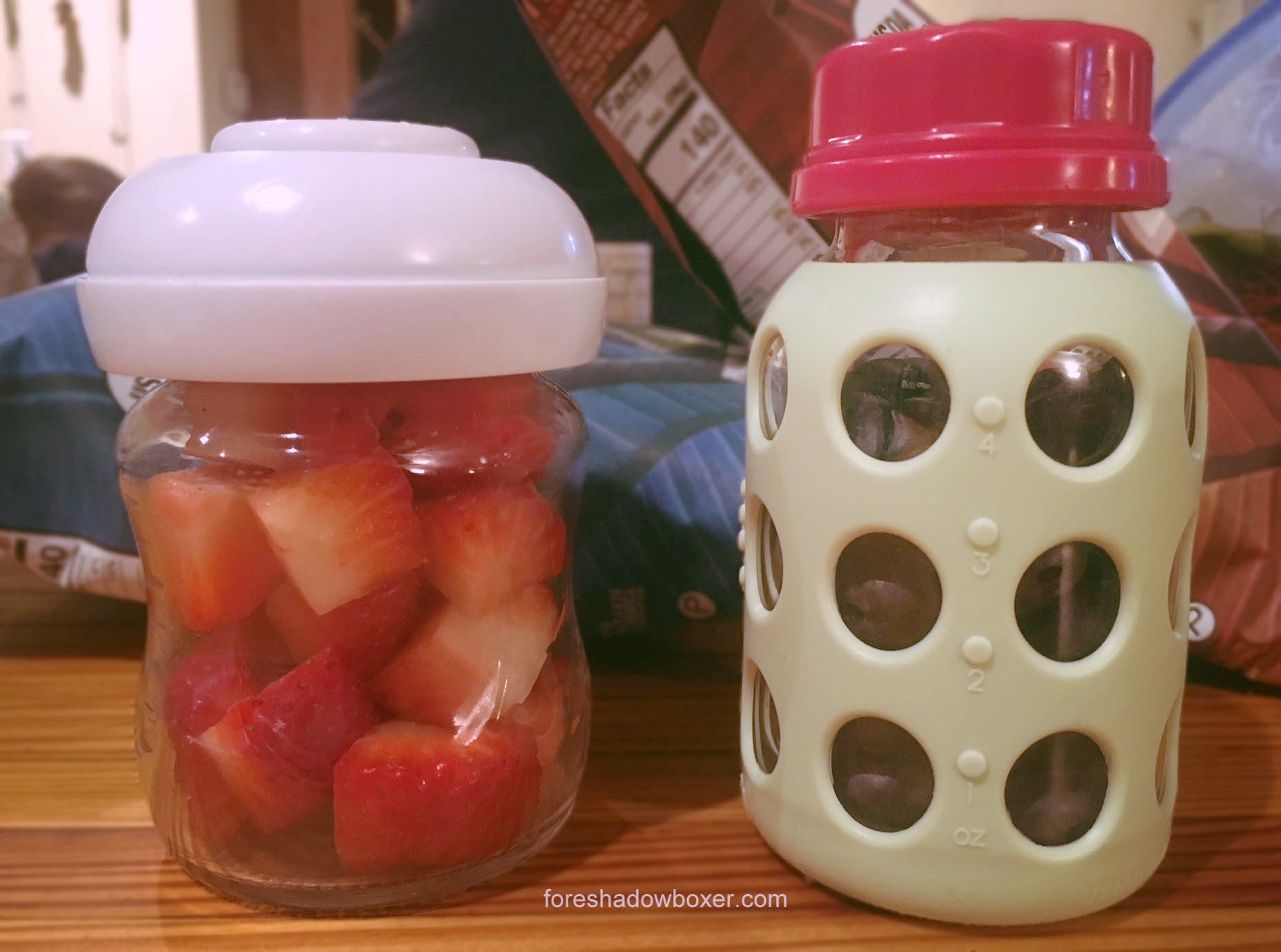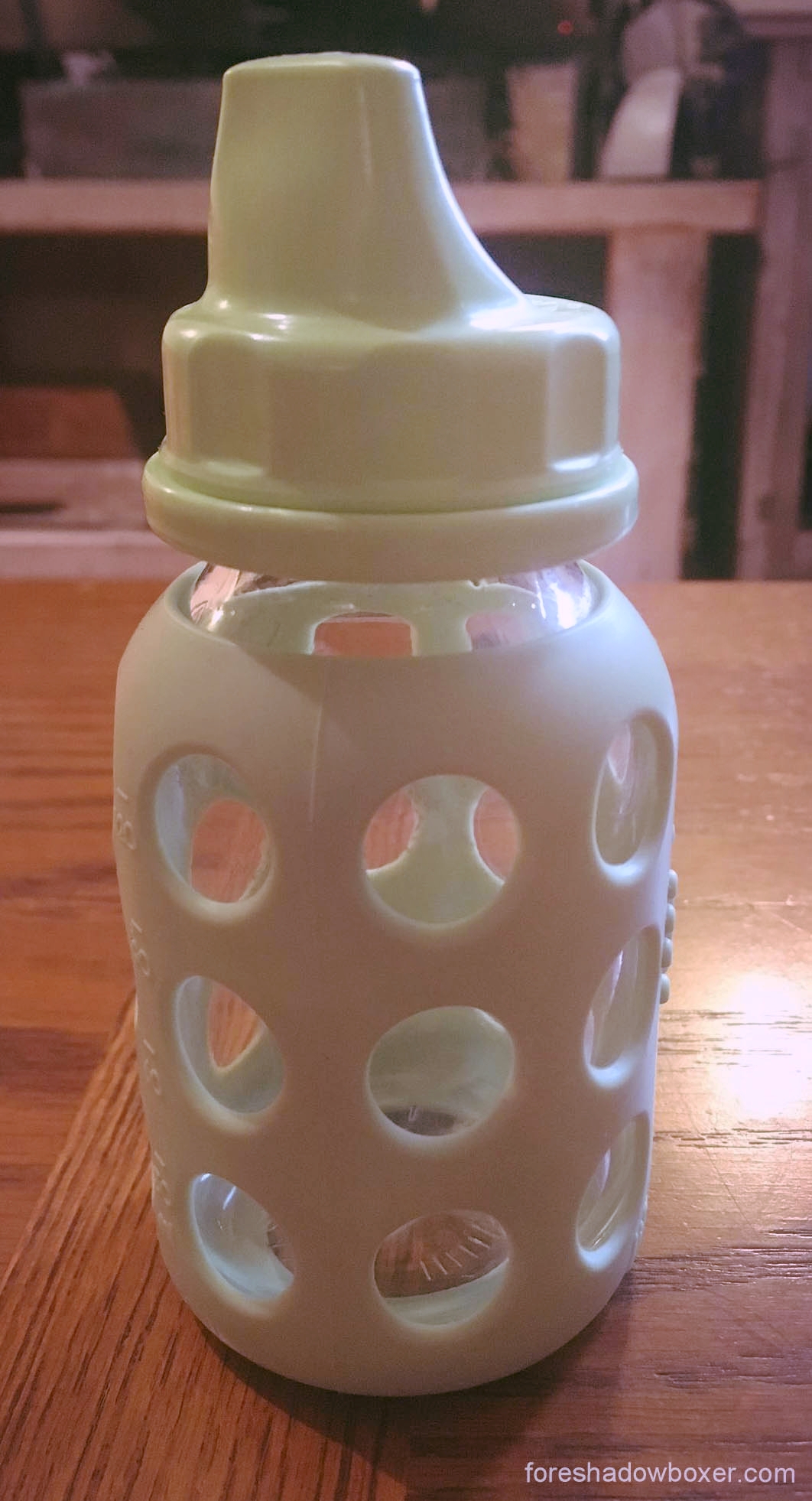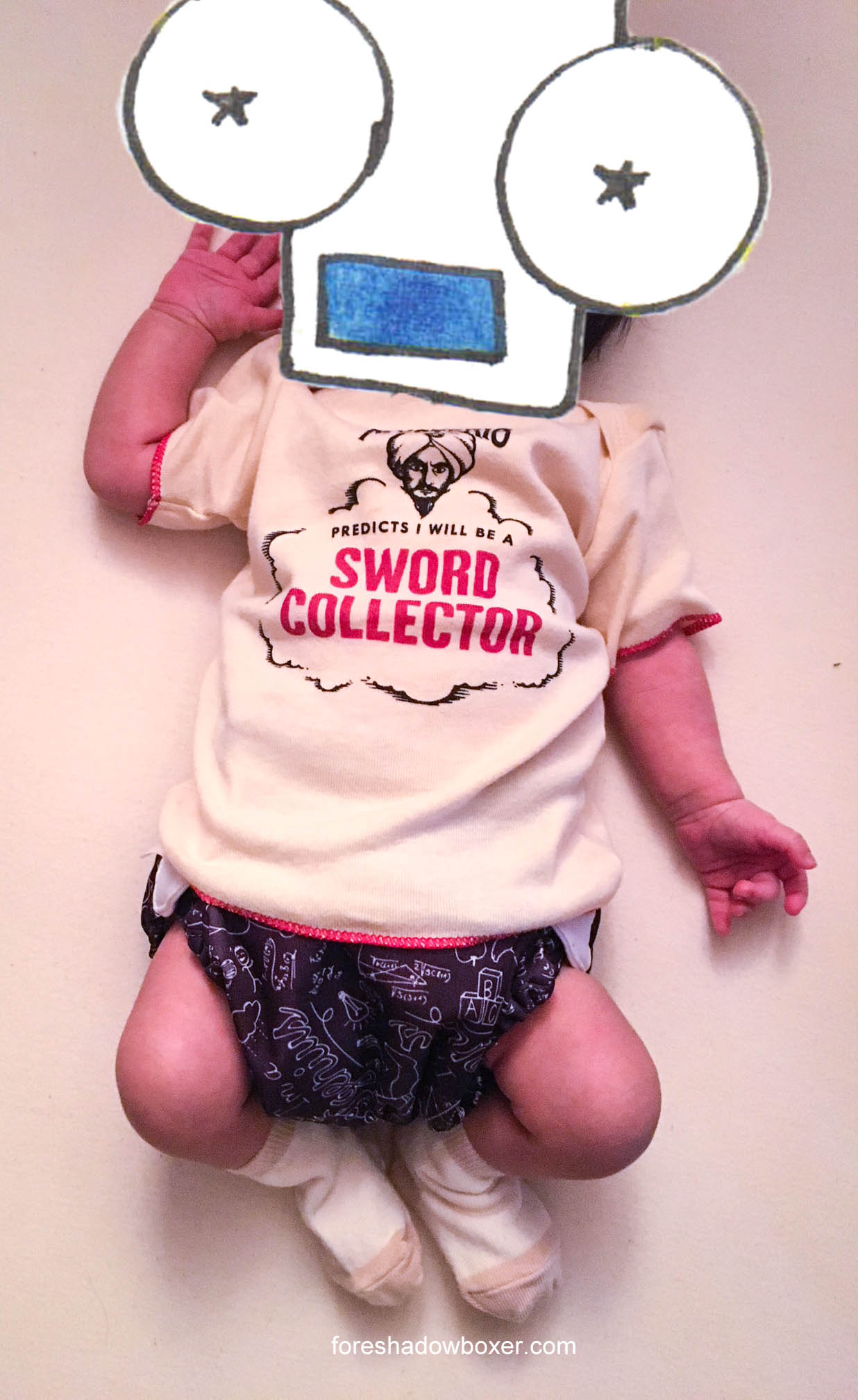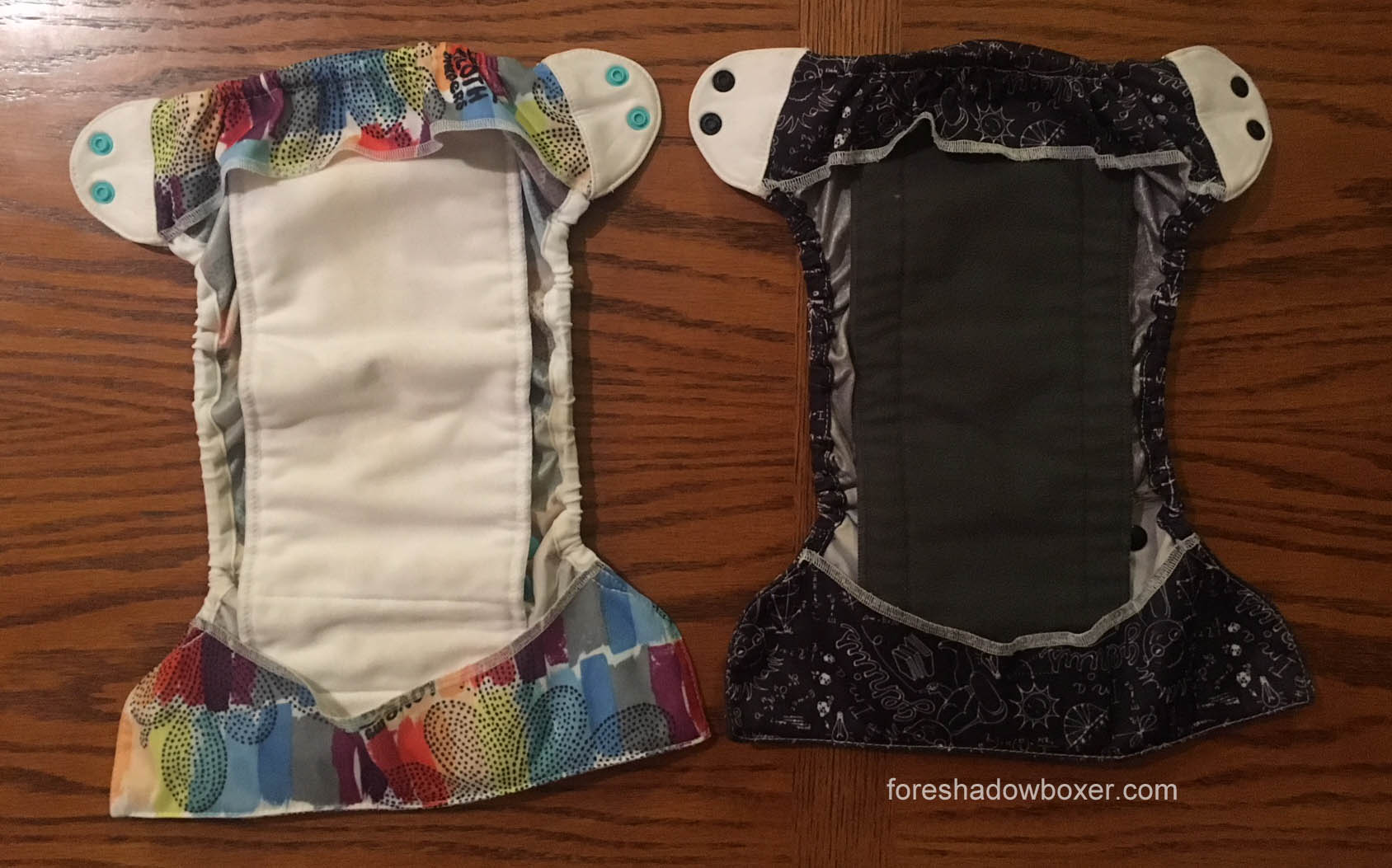Día de los Muertos is an educational board book that teaches young readers about “The Day of the Dead” – a festival celebrated in some parts of Mexico that honors loved ones who have passed.
Written by Hannah Eliot and illustrated by Golden Globe-nominated Mexican artist Jorge Gutierrez, this book is visually engaging and chock-full of insight into the occasion. Although the bulk of the story is told in English, bilingual lessons are scattered throughout (primarily as captions to select illustrations, though Spanish words are occasionally defined in the text). As the mother to a child being raised speaking both English and Spanish, I was happy to see those Spanish “Easter eggs."
My only caveat: since this is a board book, I expected it to be for a very young audience. But in fact, there is a decent amount of copy (to be fair, I can’t imagine cutting it down further without losing essential narrative), which is why I recommend Día de los Muertos for ages 4-8 (though it could work as an educational tool for older kids, too). My 2-year-old had no problems sitting still for this, but I'm not sure how much she retained. We’ll revisit it as she gets older; it’s worth the wait (and the board book format gives it a longer shelf life, notwithstanding toddler chewing and book-throwing tantrums).
Día de los Muertos is the second board book in the “Celebrate the World” series, which features special occasions and holidays across the globe (the first book in the series covered Ramadan). Whether you’re teaching kids about their own culture or exposing them to worlds beyond their front door, this series is shaping up to be a fine addition to classrooms (and home libraries) for teachers and parents alike.
BUYING TIP: Halloween (and with it: Día de los Muertos) will be here before we know it. Whether you’re creating a goodie basket for a young reader or looking for door prizes for your Halloween party, consider adding Día de los Muertos to the fun.






